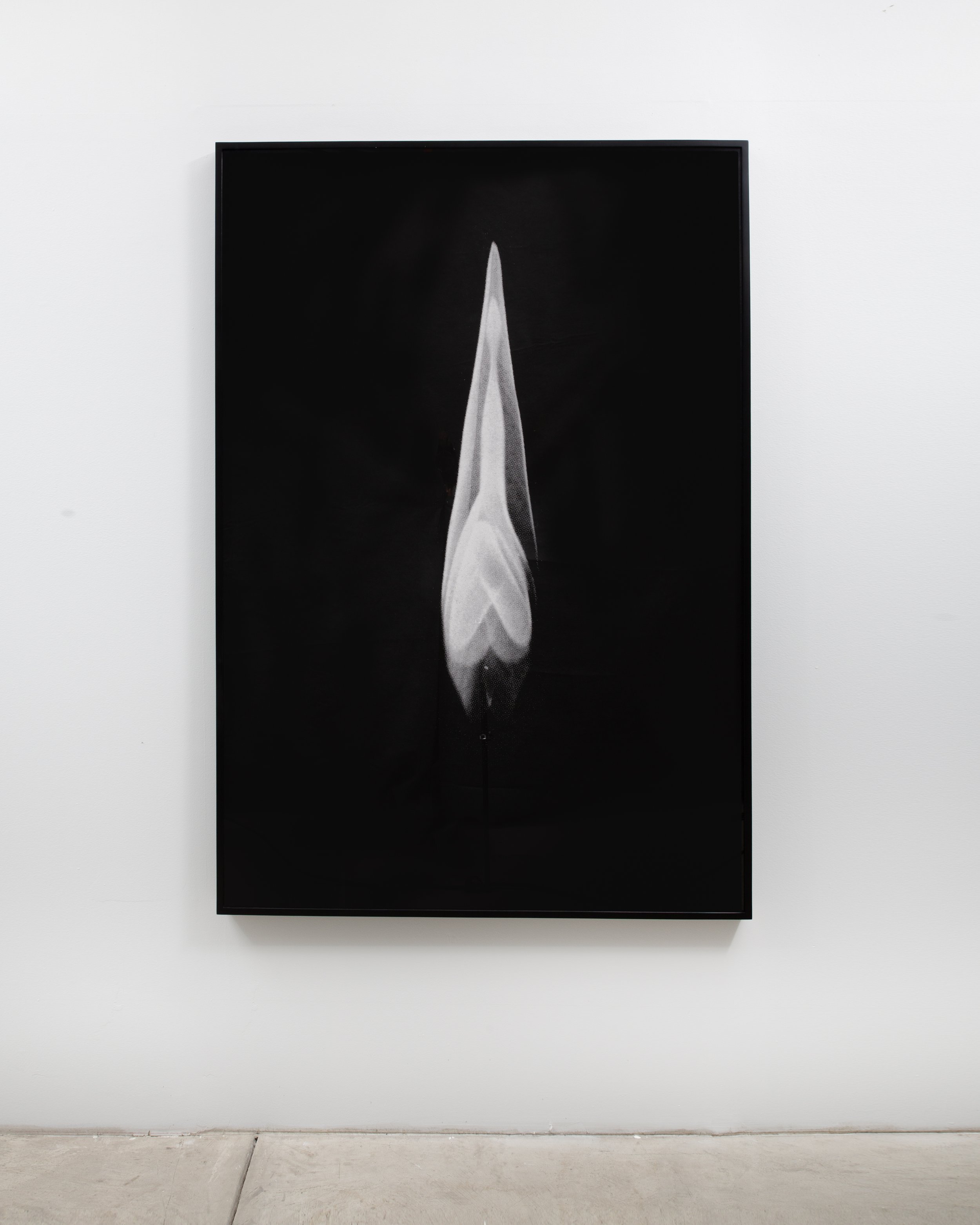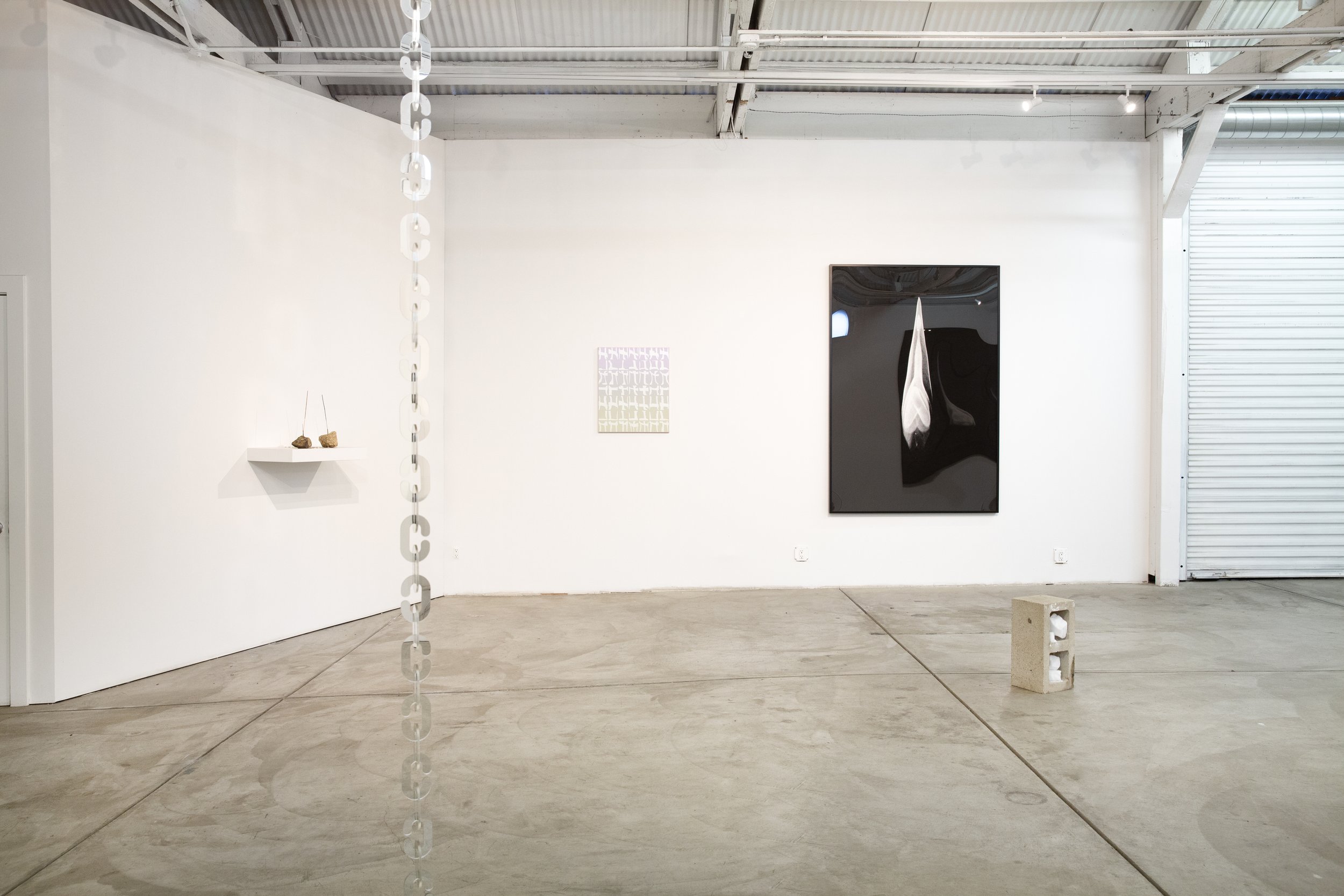Alien Prototypes (Twin Flames), 2024, pigment prints in artist’s frames, 64 x 48 inches
Scott Benzel




“I became interested in extraterrestrial intelligence in the universe, and was convinced that the universe was full of intelligent life, and so it seemed time to make a film.” — Stanley Kubrick
With 2001: A Space Odyssey, Stanley Kubrick and his writer/collaborator Arthur C. Clark set out to create a new imaginary by visualizing the unknown, possibly unknowable intelligent life that they believed permeated the universe. In his attempts to depict this alien life, Kubrick’s visual experiments, facilitated by special effects pioneer Douglas Trumbull, failed regularly, while the final result—the near-seamless rear-projection of Utah’s Moab Valley in the Birth of Man sequence, Trumbull’s hyperrealistic space scenes and psychedelic slit-scan technology—influenced visual effects to this day. The series Alien Prototypes is derived from some of the Kubrick/Trumbull failures. An actor wearing a skin-tight suit in an amniotic sac of torn nylon was shot with a 2:1 anamorphic lens, squeezing the image to half its width. Two stills from this abandoned experiment make up Alien Prototypes (Twin Flames).
The sub-category of apophenia called pareidolia (sheep in clouds, Jesus in a piece of toast, etc.) arises from a quirk of everyday cognition that allows us to move quickly through the world, ignoring trivial anomalies, while occasionally imagining visual relationships that do not exist. It caused several visitors to Benzel’s studio, upon seeing the two Alien Prototypes hanging opposite one another, to say things like “cool flames”, “Ah, nice flames”, “flames?”, etc. These “generative misrecognitions” combined with two recent documentaries about the high-control group the “Twin Flames Universe” cemented the subtitle Twin Flames.
